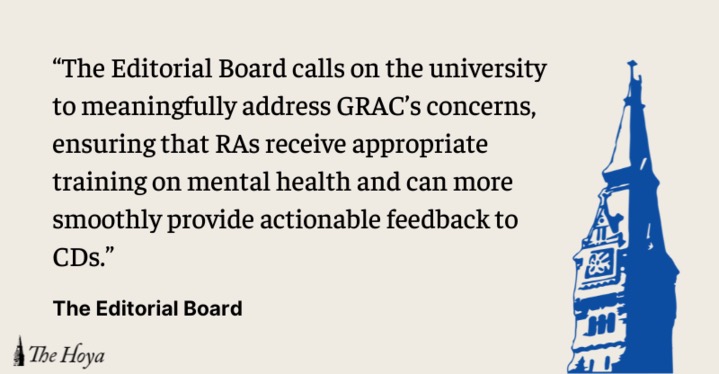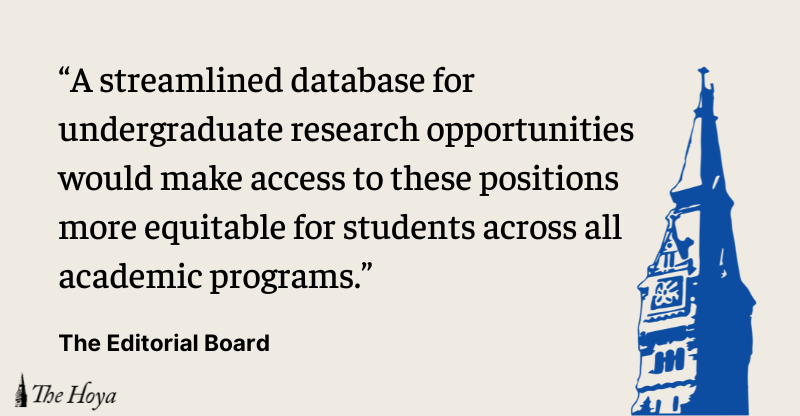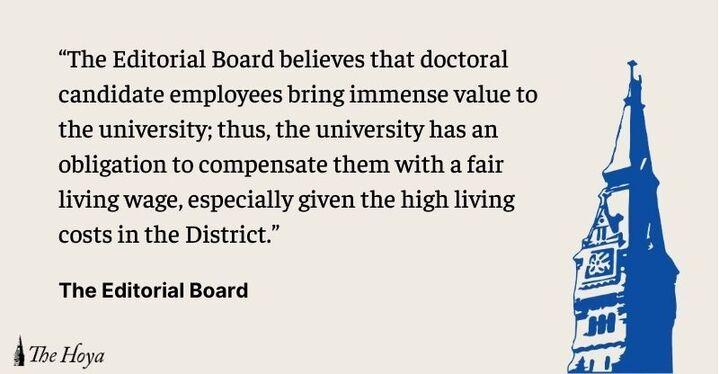Georgetown University Student Association seems to have developed a penchant for drastic reform. After overhauling the club funding process last year, GUSA is looking to wrest complete control of the money raised through the annual Student Activities Fee.
As it did with club funding reform last year, GUSA has identified an area of Georgetown bureaucracy that is far from perfect. But another takeover effort may be too much and is certainly occurring too soon.
Every year, half of the Student Activities Fee is deposited into a special endowment that was begun in 2001. The endowment’s creators intended for it to remain untouched until it reached $10 million, at which point its annual growth from interest would make it self-sustainable.
The problem is that the endowment is growing at a snail’s pace. Almost 10 years after it was created, the endowment sits at only $1.9 million. With the goal of $10 million ostensibly decades away, student groups are unlikely to gain access to that money in the near future. In addition, according to GUSA, the university originally promised a $3 million contribution to the endowment that never materialized. Nonetheless, the fact remains: Clubs every year fail to benefit from a full 50 percent of the fee that students are required to pay.
GUSA’s proposed solution, dubbed with the acronym-friendly title of Student Activities Fee and Endowment reform (SAFE reform), is to unite both halves of the Student Activities Fee under its authority. The Finance and Appropriations Committee wants to cease depositing half the fee into the endowment, and instead dole out the entire amount to the advisory boards, more than doubling the amount of funding available. In addition, GUSA intends to begin adjusting the Student Activities Fee upward for inflation each year. This second point is common sense – club expenditures go up every year based on inflation, so the cash flow funding those expenditures should keep pace.
The larger, overarching problem with the proposed changes is their timing. GUSA has not even finished its first year as top dog in the club funding process, yet it is already looking to widen its reach. There has not been a sufficient period for self-evaluation – certainly not enough time to address any concerns that the advisory boards may have about the new funding structure. Indeed, GUSA representatives at a press conference on Wednesday failed to comment on if, and how, advisory board complaints are being handled.
The bottom line is that it would be unrealistic for GUSA to claim that all of the kinks of the new funding process have been worked out in less than 12 months. Diving into another campaign for reform so soon after restructuring club financing is simply irresponsible. GUSA should table SAFE reform until next fall, when it will have a clearer idea of the strengths and weaknesses of its funding system. Although not as fully financed as some might like, student clubs have survived on 50 percent of the Student Activities Fee for almost a decade. One more year won’t make or break them.













